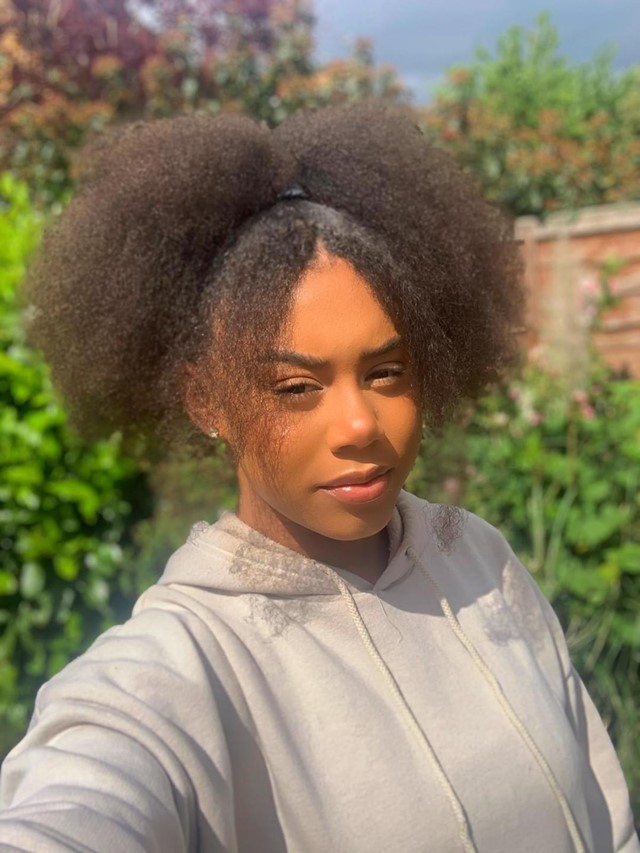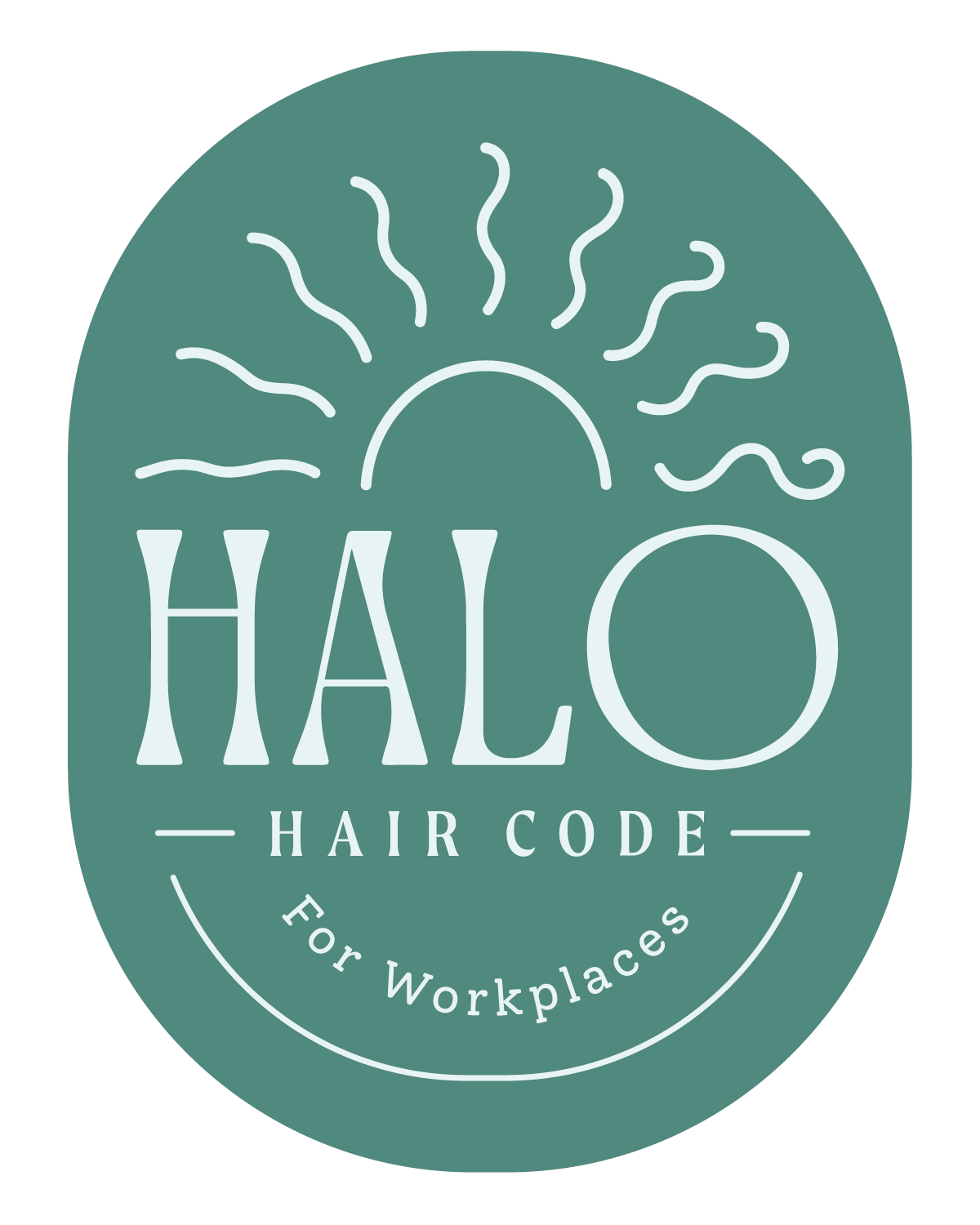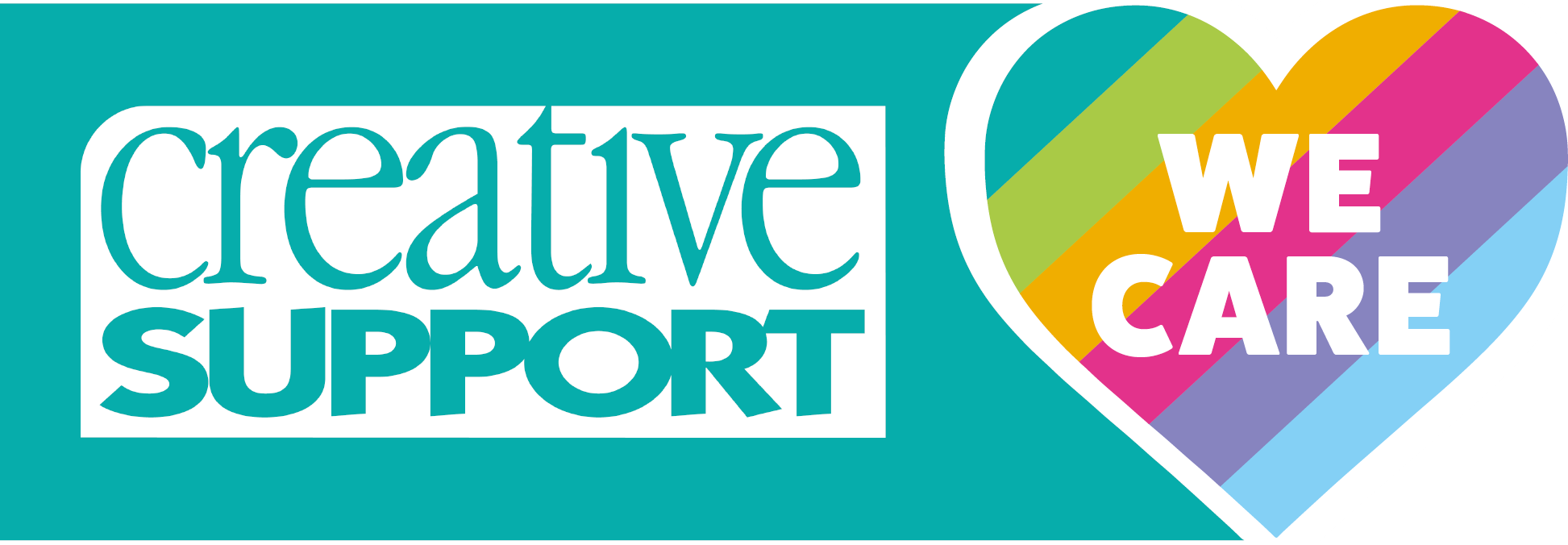Anna’s Blog – Afro Hair Discrimination in Schools and the Workplace
 In 2017, 15-year-old Ruby Williams was repeatedly sent home from school due to her natural hair being ‘against uniform policy’, and ‘blocking other pupils from seeing the whiteboard’. Ruby and her family, with the support of the Equality and Human Rights Commission (EHRC), fought against this for three years and eventually won an £8,500 settlement. Her case resulted in the creation of new guidance from the EHRC, World Afro Day and the All-Party Parliamentary Group for Race Equality. Published in October 2022, the guidance states that pupils should not face disciplinary action from wearing natural hair styles in school.
In 2017, 15-year-old Ruby Williams was repeatedly sent home from school due to her natural hair being ‘against uniform policy’, and ‘blocking other pupils from seeing the whiteboard’. Ruby and her family, with the support of the Equality and Human Rights Commission (EHRC), fought against this for three years and eventually won an £8,500 settlement. Her case resulted in the creation of new guidance from the EHRC, World Afro Day and the All-Party Parliamentary Group for Race Equality. Published in October 2022, the guidance states that pupils should not face disciplinary action from wearing natural hair styles in school.
 Ruby [pictured right] tried many different hairstyles to comply with her school’s rules, but this was often expensive, time consuming, or risked damaging her hair. “Am I really being sent home because my hair is growing out of my head the way it is?” she said. “People can have their hair all the way down to their hips, as long as they want – but because my hair grows out I need to cut it?” Why should anyone be forced to pay to change or damage their natural hair, in order to comply with rules?
Ruby [pictured right] tried many different hairstyles to comply with her school’s rules, but this was often expensive, time consuming, or risked damaging her hair. “Am I really being sent home because my hair is growing out of my head the way it is?” she said. “People can have their hair all the way down to their hips, as long as they want – but because my hair grows out I need to cut it?” Why should anyone be forced to pay to change or damage their natural hair, in order to comply with rules?
Ruby’s case is far from isolated, as there are countless occasions where children are forced to choose between their education and their hair, and in some cases are told to go against their culture or beliefs. In 2018, 12 year old Chikayzea Flanders was told to cut off his dreadlocks or face suspension. The EHRC funded legal action against the school, and his mother explained that they were a fundamental tenet of his Rastafarian beliefs.
Although discrimination against race is unlawful under the Equality Act 2010, hair texture is not explicitly named as a protected characteristic. This means subjective terms such as hair being ‘professional’ or ‘appropriate’ are often used as justification for discrimination. This new school guidance states that “uniform and appearance policies that ban certain hairstyles, without the possibility for exceptions to be made on racial grounds, are likely to be unlawful.” This is a vital first step in making sure that equality laws are enforced in regards to hair texture discrimination.
These are just some examples of cases with publicised legal battles, but hair discrimination experienced by Black communities is insidious. It extends into schools, workplaces, public places, and every element of people’s lives. According to research by Dove conducted in August this year, nearly half of Black or mixed-race women have experienced race-based hair discrimination, and one in four Black adults had been sent home from work or faced disciplinary action as a result of their natural hair. They also found that more than half of Black children have been sent home from school due to wearing their hair in naturally, or in a protective style.
 Following the 2020 Black Lives Matter movement, a group of 30 young Black activists created ‘The Halo Code’; the UK’s first hair code designed to prevent discrimination based on hair style or texture. In order to embody the code, staff are encouraged to familiarise themselves with Afro-textured hairstyles, and avoid labels such as ‘messy’, or ‘inappropriate.’
Following the 2020 Black Lives Matter movement, a group of 30 young Black activists created ‘The Halo Code’; the UK’s first hair code designed to prevent discrimination based on hair style or texture. In order to embody the code, staff are encouraged to familiarise themselves with Afro-textured hairstyles, and avoid labels such as ‘messy’, or ‘inappropriate.’
As part of our 2020 Manifesto for Action, Creative Support is signed up to The Halo Code. We hold the belief that all of our staff have the right and security to wear all afro hairstyles without restriction or judgement. “Despite hair being a protected racial characteristic under the law, there is a widely held belief that black hairstyles are inappropriate, unattractive, and unprofessional,” says co-founder Edwina Omokaro. Research by the Halo Collective found that one in five Black women feel societal pressure to straighten their hair for work. This can result in people being “forced to choose between their education or career on the one hand, and their cultural identity and hair health on the other”, says Edwina.
Following this, we have just released our Halo Code Policy, showing our total commitment to the code and outlining the key principles to provide a safe and open workplace. We welcome all of our staff wearing protective or cultural styles without fear of discrimination, and that the texture and style of an employee’s hair should have no impact on their ability to perform in their role, access opportunities or achieve career advancement. Workplace dress codes should embrace all headwear and hairstyles that reflect an individual’s identity, and managers should take the time to familiarise themselves with hair health and the cultural significance of different hairstyles, to support and embrace cultural inclusion, appreciation and equality within their team. To view our policy, please log in to the staff area of the website, then click here to view the policy.
Whether aggression is as outward as a school suspension, or in the form of micro-aggressions such as comments or jokes about a person’s hair texture, this is unacceptable and does a great deal of harm to the person. Journalist Sheilla Momona comments that hair discrimination can have “catastrophic consequences”, impacting how people connect with their identity and heritage, but also affects their wellbeing, mental health, performance at work and career prospects. Ruby and Chikayzea’s cases are proof that the current legislation is inadequate. While this new guidance is a welcome change for schools, we hope that the same measures will be rolled out across workplaces, as discrimination does not stop once someone reaches adulthood.
